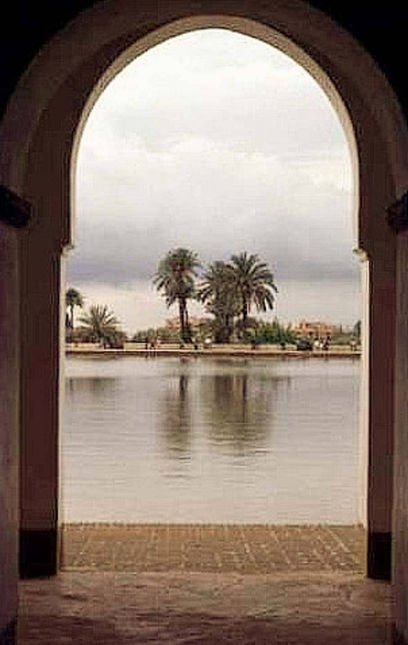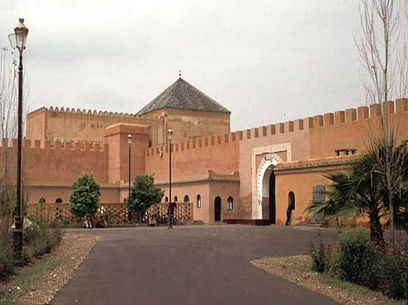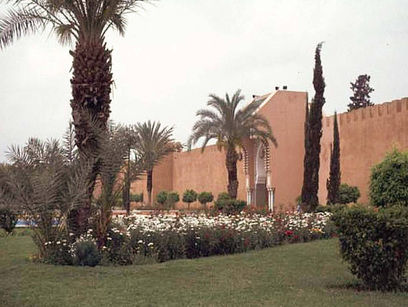Impressions of Morocco
The Phoenicians already knew it. This land on the edge of the then known world, on the spot where the Mediterranean blends into the infinite ocean, where Europe and Africa are only separated by a short sailing, where only a single mountain range divides the Mediterranean world from another infinite ocean, an ocean of sand and dunes, reaching deep into the heart of Africa: this land cannot be but a cross-roads for cultures, for religions, for trade and for influence. After the Phoenicians who founded Tanger, came Romans and Byzantines and then a whole series of dynasties from different origins, Arab and Berber, who founded Fez and Marrakech, who had their own reading of their common Muslim religion, who made sure that, succeeding one another, Morocco belongs to the most differentiated countries in the world. A kasbah (fortified village) is a kasbah and a medina (inner city) is a medina? Compare the white-washed inner city of Tanger to the adobe labyrinth of houses, mosques and archways at Ait Benhaddou; compare the coastal fortress of El Jadida, pregnant with signs of Portuguese influence, to the defences of the pirate city-State of Salé or the walled ruins of ancient Zagora, Tizergat; travel through the images and the history of this series; and have it known to all afterwards that a kasbah is not a kasbah and a medina is not a medina and that Morocco is a jewel box which surprises you each time you open it.
* Partly Scanned Slides, 1995
Before visiting the place of your choice:
Never heard of Agdz and would not even know how to pronounce it? It's OK, we're not going there anyway, it's just that we go past it on the steep uphill road to the Tizi n Tinififft. Is that easier to remember and pronounce? It refers to the pass of 1,660 metres high along the Drâa River and the spectacular canyon it has carved into the wind-eroded and strangely layered limestone.

© 2020.Created by Marc Van den Reeck with Wix.com























